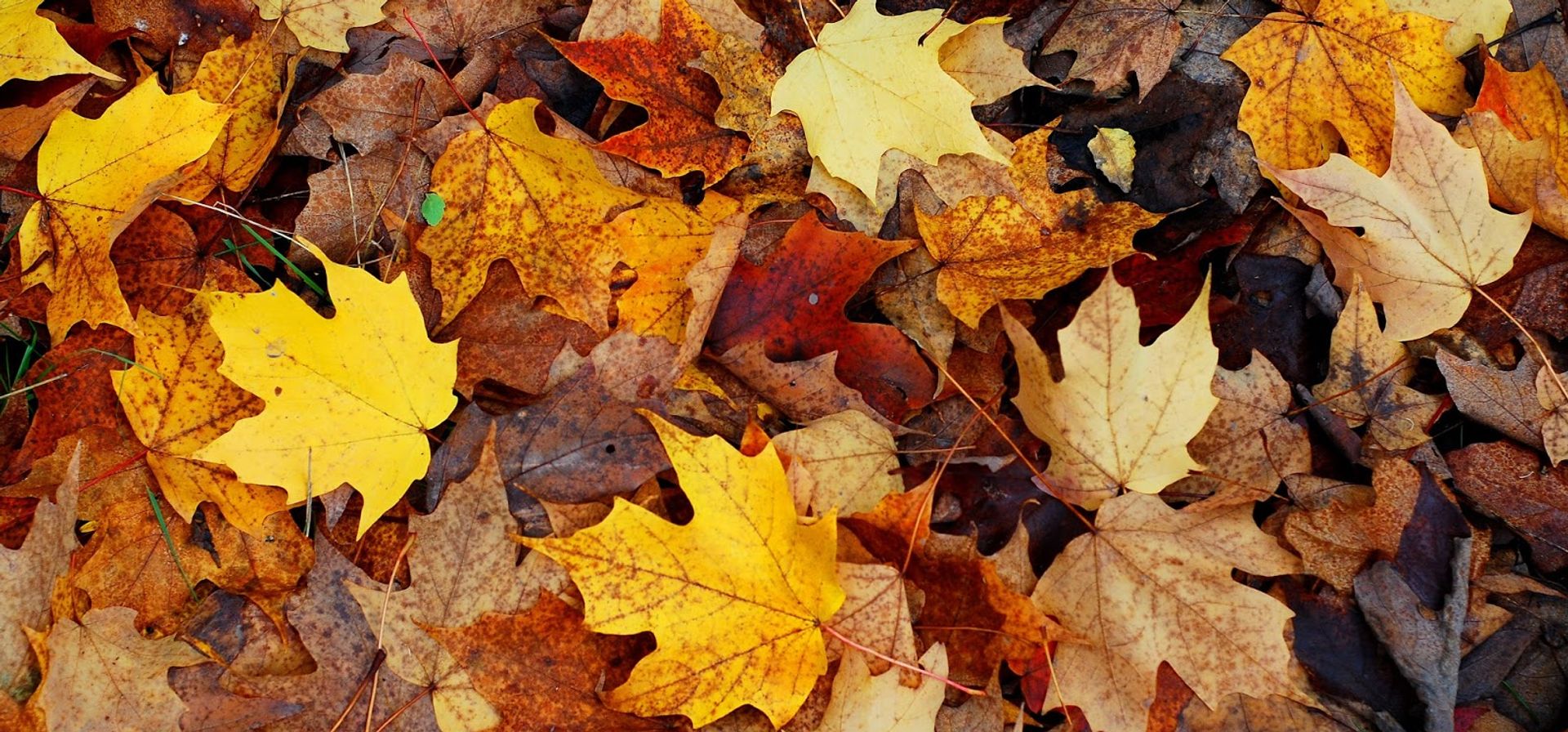
Why do leaves change colour in autumn?
Walk through a forest in autumn, and you’ll see lots of pretty colours. That’s because leaves that were once green have turned orange, yellow and red.
Sugars
Well, not all leaves. Trees whose leaves change colour in autumn are known as deciduous. They often have large and broad leaves. Conifers, on the other hand, have long and thin leaves that never change colour.
Leaves on deciduous trees are green for most of the year. Their green colour comes from chlorophyll, a pigment that enables plants to absorb energy from the sun. The leaves transform this energy into sugars, which the tree uses to grow or sustain itself.
Yellow, orange, red
The start of autumn brings falling temperatures and shorter days. This means trees receive less direct sunlight. As chlorophyll no longer serves any use, the leaves start producing less of it. Their green colour fades and turns into yellows and oranges.
The dark-red colour is caused by something else. When leaves die, the sugars they contain turn into what are called “anthocyanins”. It’s the same pigment found in the skin of red grapes and apples.
No longer needed
As the leaves lose much of their chlorophyll in autumn, the tree doesn’t really need them anymore. In fact, the tree wastes energy to keep them alive. It therefore produces substances that break the bond between the leaf and branch.
This causes the leaves to fall – giving you the perfect material to make a collage!
Answered by Naomi Vreeburg





